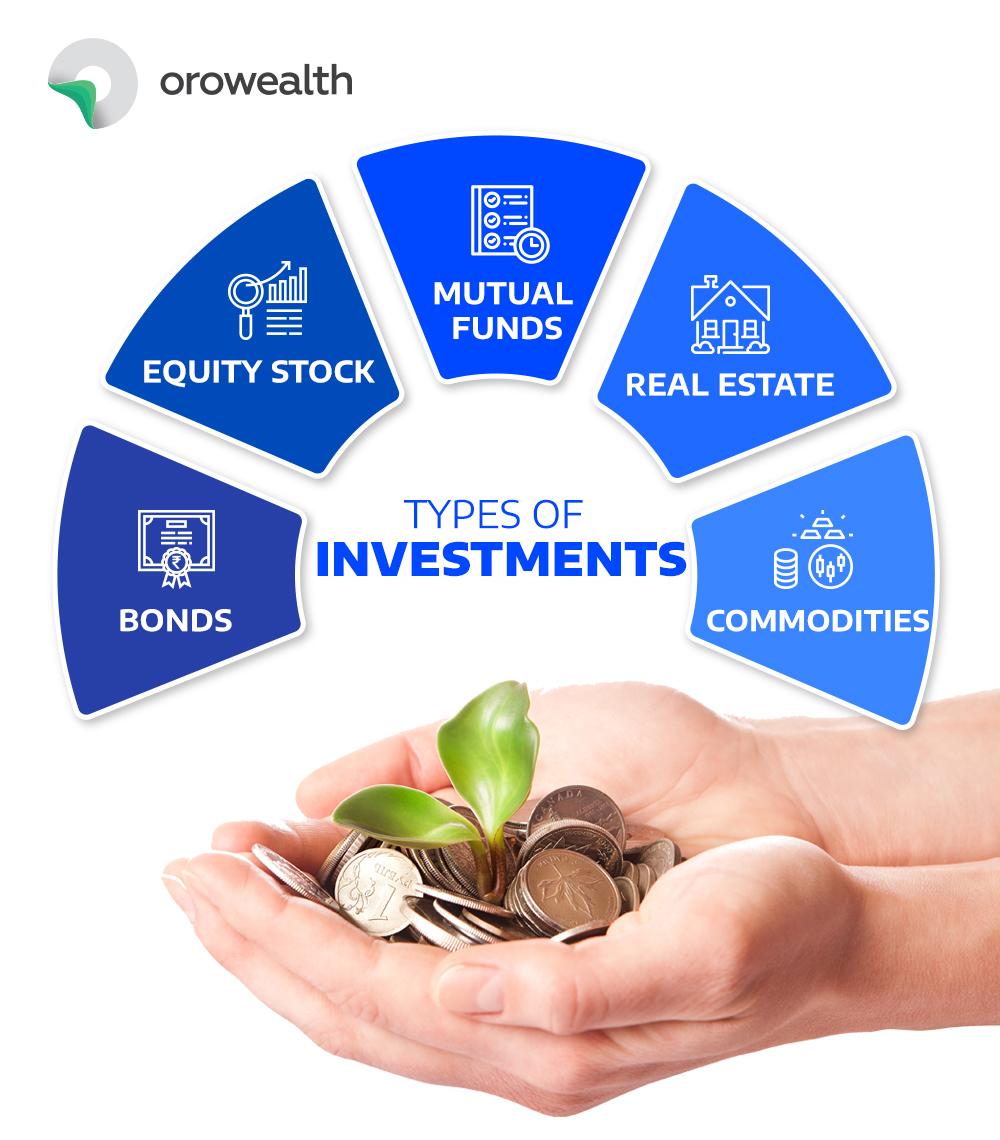
Investing Early for Retirement: A Comprehensive Guide to Securing Your Future
Retirement might seem like a distant concept, especially when you’re just starting your career. However, one of the most crucial financial decisions you can make is to start investing for retirement as early as possible. The power of compounding, time, and disciplined savings can significantly impact your financial future, allowing you to retire earlier and more comfortably. This comprehensive guide will walk you through the essential steps and strategies for investing early for retirement.
Why Start Investing Early?
Before diving into the "how," let’s understand the "why." Investing early for retirement offers several compelling advantages:
-
The Power of Compounding: Albert Einstein called compound interest the "eighth wonder of the world." Compounding is the process of earning returns on your initial investment and then earning returns on those returns. Over time, this snowball effect can dramatically increase your wealth. The earlier you start, the more time your money has to grow exponentially.
-
Time is Your Greatest Asset: Time is a critical element in investing. Early investors have more time to ride out market fluctuations, recover from potential losses, and benefit from long-term growth. Even small, consistent contributions can grow substantially over decades.
-
Reduced Financial Stress: Knowing you’re actively planning for retirement can alleviate financial stress and provide peace of mind. Starting early allows you to build a solid financial foundation, reducing the pressure to save aggressively later in life.
-
Greater Flexibility and Options: A robust retirement fund provides more flexibility in your life. You might choose to retire earlier, pursue passions, travel, or spend more time with family. Early investing opens doors to a more fulfilling and financially secure future.
Step-by-Step Guide to Investing Early for Retirement
-
Assess Your Current Financial Situation:
- Calculate Your Net Worth: Determine your assets (what you own) and liabilities (what you owe). This provides a clear picture of your current financial health.
- Track Your Income and Expenses: Understand where your money is going. Create a budget to identify areas where you can save more.
- Evaluate Your Debt: High-interest debt, like credit card debt, can hinder your ability to save and invest. Prioritize paying down high-interest debt before aggressively investing.
-
Set Clear Retirement Goals:
- Estimate Your Retirement Expenses: Consider your desired lifestyle in retirement. Will you travel extensively, downsize, or pursue new hobbies? Estimate your annual expenses, factoring in inflation.
- Determine Your Retirement Age: Decide when you’d like to retire. This will influence the amount you need to save each year.
- Calculate Your Retirement Savings Target: Use online retirement calculators to estimate how much you’ll need to save. These tools factor in inflation, investment returns, and your desired retirement age.
-
Open a Retirement Account:
- Employer-Sponsored Plans (401(k), 403(b)): If your employer offers a retirement plan, take advantage of it, especially if they offer a matching contribution. This is essentially free money and can significantly boost your retirement savings.
- Individual Retirement Accounts (IRAs):
- Traditional IRA: Contributions may be tax-deductible, and earnings grow tax-deferred until retirement.
- Roth IRA: Contributions are made with after-tax dollars, but withdrawals in retirement are tax-free. Roth IRAs can be particularly beneficial for young investors who expect their income to increase over time.
- Consider a Health Savings Account (HSA): If you have a high-deductible health plan, an HSA can be a valuable retirement tool. Contributions are tax-deductible, earnings grow tax-free, and withdrawals for qualified medical expenses are also tax-free. Any funds not used for medical expenses can be withdrawn in retirement, subject to ordinary income tax (but potentially avoiding Social Security and Medicare taxes).
-
Determine Your Investment Strategy:
- Assess Your Risk Tolerance: Understand how comfortable you are with market fluctuations. Younger investors typically have a higher risk tolerance because they have more time to recover from potential losses.
- Choose Your Asset Allocation: Asset allocation involves diversifying your investments across different asset classes, such as stocks, bonds, and real estate. A common strategy for young investors is to allocate a larger portion of their portfolio to stocks, which have historically provided higher returns over the long term.
- Consider Index Funds and ETFs: Index funds and Exchange-Traded Funds (ETFs) are low-cost, diversified investment options that track a specific market index, such as the S&P 500. They offer broad market exposure and can be a good starting point for beginners.
- Rebalance Your Portfolio Regularly: Over time, your asset allocation may drift away from your target. Rebalancing involves buying and selling assets to bring your portfolio back to its desired allocation. This helps maintain your risk profile and ensures you’re not overexposed to any one asset class.
-
Start Saving Consistently:
- Automate Your Savings: Set up automatic transfers from your checking account to your retirement account each month. This ensures you’re consistently saving, even when life gets busy.
- Start Small, Then Increase Gradually: If you’re just starting, don’t feel pressured to save a large amount right away. Start with a manageable amount and gradually increase your contributions as your income grows.
- Take Advantage of Employer Matching: Contribute enough to your 401(k) to receive the full employer match. This is a guaranteed return on your investment.
- Increase Savings with Raises: Whenever you receive a raise, consider increasing your retirement contributions by a percentage of the raise. This allows you to save more without significantly impacting your current lifestyle.
- Avoid Lifestyle Inflation: As your income increases, resist the temptation to increase your spending proportionally. Instead, allocate a portion of the extra income to your retirement savings.
-
Stay Informed and Adapt:
- Educate Yourself: Continuously learn about investing, personal finance, and retirement planning. Read books, articles, and follow reputable financial experts.
- Review Your Progress Regularly: Track your investment performance and adjust your strategy as needed. Consider factors like changes in your income, expenses, and risk tolerance.
- Seek Professional Advice: Consider consulting with a financial advisor who can provide personalized guidance and help you develop a comprehensive retirement plan.
- Be Patient and Persistent: Investing is a long-term game. Don’t get discouraged by market fluctuations or short-term setbacks. Stay disciplined and focused on your long-term goals.
Common Mistakes to Avoid
- Procrastination: Delaying investing is one of the biggest mistakes. The earlier you start, the more time your money has to grow.
- Ignoring Employer Matching: Not taking advantage of employer matching is like leaving free money on the table.
- Investing Too Conservatively: While it’s important to manage risk, investing too conservatively can limit your growth potential, especially when you’re young.
- Panic Selling: Selling investments during market downturns can lock in losses and hinder your long-term growth.
- Taking on Too Much Debt: High-interest debt can derail your retirement savings.
- Not Rebalancing: Failing to rebalance your portfolio can lead to overexposure to certain asset classes and increase your risk.
- Withdrawing Early: Withdrawing from your retirement accounts before retirement can result in penalties and taxes, significantly reducing your savings.
Conclusion
Investing early for retirement is one of the most important financial decisions you can make. By starting early, taking advantage of compounding, and staying disciplined, you can build a substantial nest egg that provides financial security and flexibility in retirement. Remember to assess your financial situation, set clear goals, choose the right investment vehicles, save consistently, and stay informed. With a proactive and strategic approach, you can achieve your retirement dreams and enjoy a comfortable and fulfilling future.



